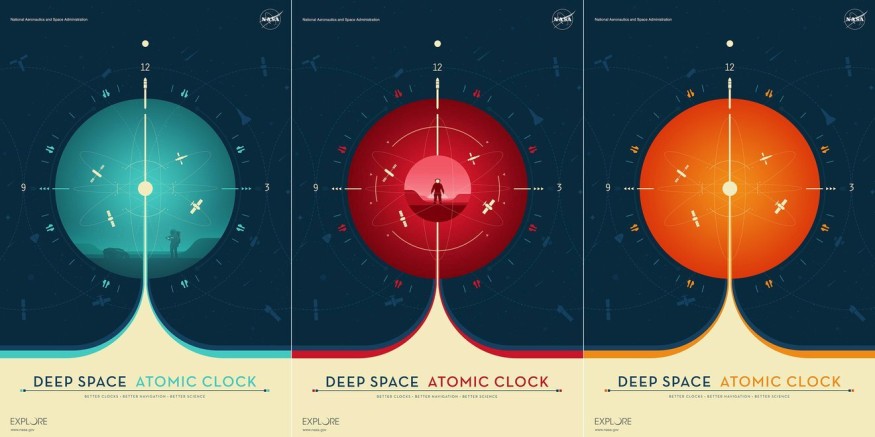NASA had focused on their project called the Deep Space Atomic Clock or DSAC for two years now. In the third quarter, the space agency had completed the project. The technology for the said mission is carried by the vessel known as the General Atomics' Orbital Test Bed. It was previously scheduled to fly back at the Department of Defense Space Test Program 2, a mission that began in 2019. The mission's main interest is to examine and analyze the success of deep space navigation with the help of the atomic clock aboard the spacecraft utilized.
Deep Space Atomic Clock

Space missions have vessels being supported by ground-based atomic clocks. In simple terms, the controls for trajectory management are being held from the base on the surface instead of the spacecraft itself. Atomic clocks that are on the ground were also utilized in the first manned mission to the moon.
The timekeeper device is essential to monitoring the signals to detect a better path for the hovering spacecraft. The best method for the deep space atomic clocks to work is through radio waves, as it could link data between the base on the planet's surface and the vessel up above the space. Radio waves could be transmitted at speed near the speed of light, which measures about 300,00 kilometers per second. The quick transfer of information allows experts from both plains to communicate and plan where to travel at a specified distance, direction, and speed.
Atomic clocks have only one problem: distance. When the spacecraft on a mission gets too far away from the base where the device sits, the signals are hard to transmit, leading to poor and limited trajectory information. When the distance between the atomic clock in the vessels is farther than its supposed measure, the data relay could take a couple of minutes to hours. So instead of real-time calculation, the next move of the spacecraft is being delayed. With that said, utilizing atomic clocks on board is the best option for any vehicle that would travel for missions in the future. Additional upgrades were implemented months before the deep space atomic clock mission ended.
JPL: DSAC Mission Successful
NASA's Jet Propulsion Laboratory is the team responsible for developing the Deep Space Atomic Clock. The device is specialized to have unparalleled precision and is composed of a mercury-ion atomic clock. The overall device is enclosed in a 25-centimeter protective box, which is similar to the size of a kitchen toaster. The structure of the device is studied thoroughly to withstand expected extremities of the deep space once launched aboard explorations and missions. In addition, the program is equipped with a system that could not fail in terms of performance, as it will serve as the most reliable navigator on space. The previous study of the atomic clock was published in the journal Nature, titled "Demonstration of a trapped-ion atomic clock in space."
The atomic clock tests were already finished, and much information was gathered from the series of examinations in orbit and the laboratory. According to PhysOrg, JPL researcher and project manager, Todd Ely said that the Deep Space Atomic Clock mission was a success, and significant milestones were achieved by the performance the device exhibited.
Check out more news and information on Space on Science Times.
© 2025 ScienceTimes.com All rights reserved. Do not reproduce without permission. The window to the world of Science Times.











